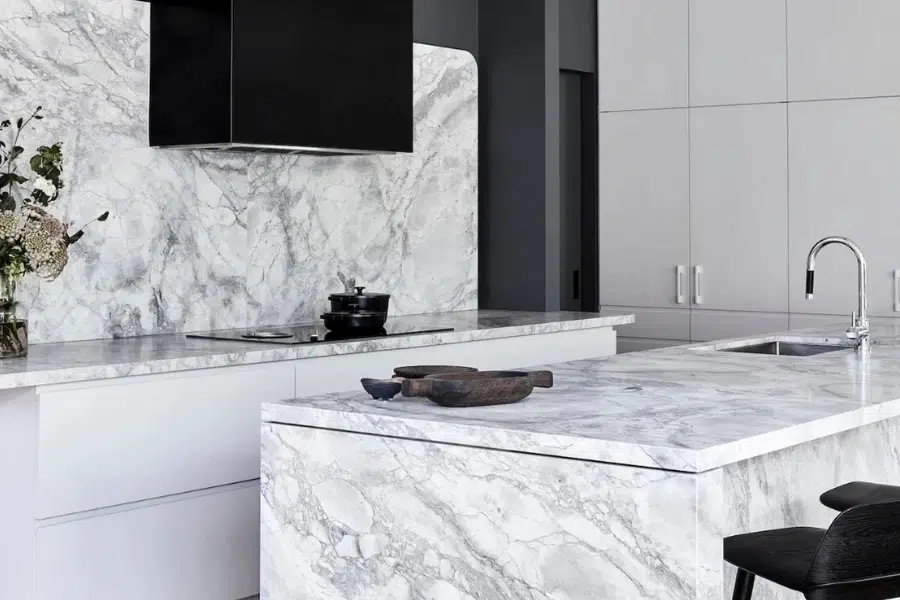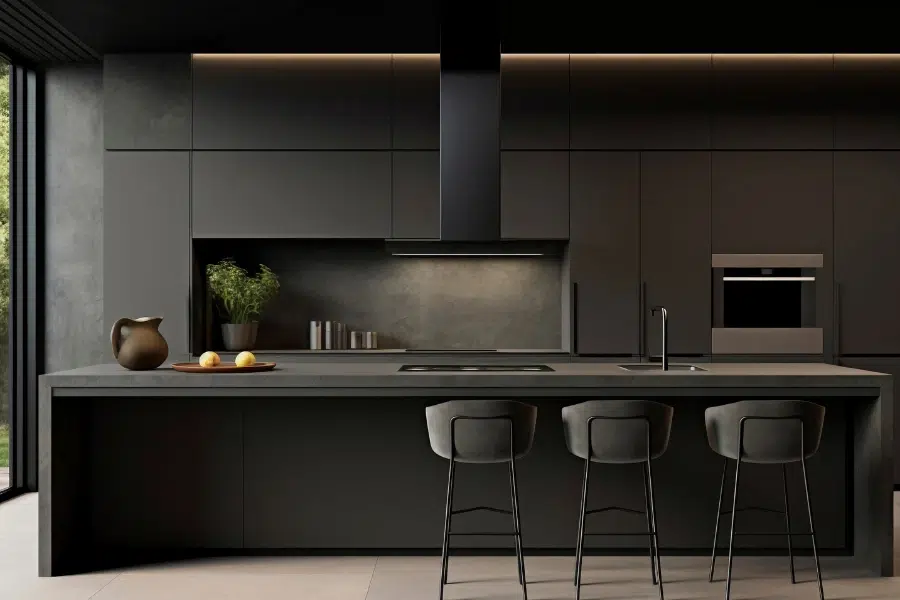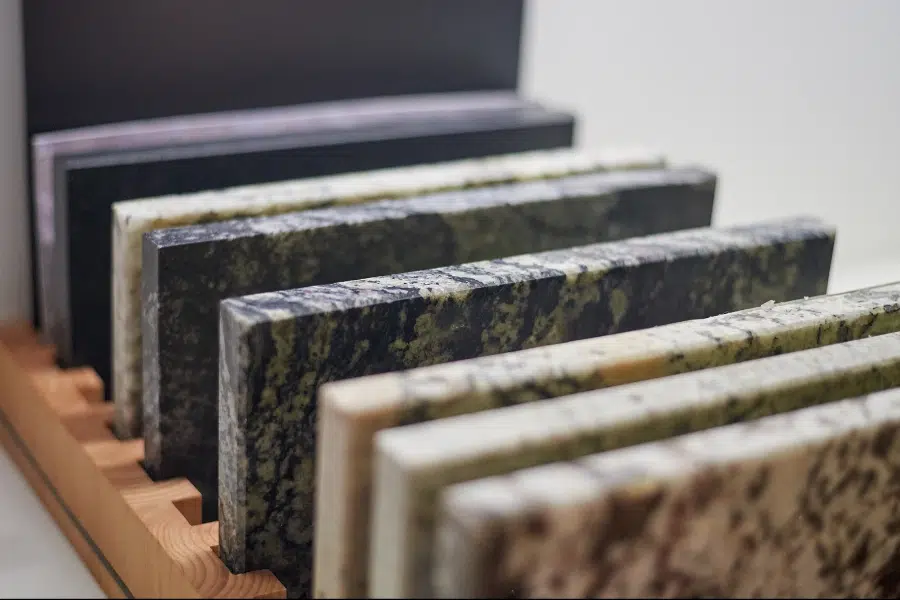Pros and Cons of Travertine Benchtop
Travertine, a strong and beautiful natural stone, has been used in construction and design for centuries. Its warm tones, intricate veining, and timeless appeal make it a popular choice for homeowners and designers seeking the perfect blend of functionality and aesthetics. As a benchtop material, travertine is ideal for kitchen remodels due to its luxurious yet practical nature. However, like any natural stone, travertine benchtops come with both advantages and drawbacks.
What is Travertine?
Travertine stone benchtops showcase natural elegance with their soft shades and unique veining. Whether polished or honed, they exude a refined beauty that adds charm and sophistication to any kitchen setting.

Find the Perfect Stone for
Your Project
Pros of Travertine Benchtops
Natural Elegance
Versatility in Design
Environmentally Friendly
Durability with Proper Maintenance
Cool Surface Temperature
Cons of Travertine Benchtops
Porous Nature
High Maintenance Requirements
Prone to Scratches and Etching
Limited Colour Palette
Heavy Material
Maintenance Tips for Travertine Benchtops
- Sealing: Seal the surface once or twice a year with a high-quality stone sealant to protect against stains and moisture. In high-traffic kitchens, resealing every six months is ideal.
- Cleaning: Clean with a pH-neutral, non-abrasive cleaner designed for natural stone. Avoid acidic or harsh cleaners that can damage the surface. Use a soft cloth or sponge for gentle cleaning.
- Spill Management: Wipe up spills immediately to prevent stains from setting. Be cautious with liquids like red wine, coffee, and oil.
- Scratch Prevention: Always use cutting boards and avoid dragging heavy or sharp objects across surface. Protective pads on kitchen utensils can help minimise wear.
- Heat Protection: Use trivets or heat pads under hot pans to protect the sealant and prevent heat damage.
Travertine in Kitchen Design
Incorporating travertine kitchen benchtops into your design can elevate your kitchen’s overall aesthetic. Here are some tips to make the most of this versatile material:
- Pairing with Cabinetry: Light-coloured cabinetry, such as white or cream, enhances the natural warmth of travertine kitchen benchtops, creating a bright and welcoming space. For a bold, modern contrast, pair travertine with dark cabinetry in shades of black, charcoal, or navy.
- Splashback Ideas: Subway tiles, mosaic patterns, or textured stone splashbacks complement the neutral tones of travertine bench tops while adding visual interest.
- Accent Lighting: Install under-cabinet lighting to highlight the intricate patterns and veining of travertine stone benchtops. Warm lighting works especially well to enhance the stone’s natural beauty.
- Rustic Elements: For a rustic or farmhouse aesthetic, pair your travertine benchtop with wooden accents, such as exposed beams or distressed cabinetry.
- Minimalist Approach: In minimalist kitchens, let travertine be the star by keeping other design elements simple and understated.
Alternatives to Travertine Benchtops
Marble Benchtops
Granite Benchtops
Concrete Benchtops
Porcelain Benchtops
Conclusion
Travertine benchtops bring timeless elegance and natural warmth to any kitchen, offering a balance of beauty and functionality. With their unique veining and earthy tones, they can transform a kitchen into a sophisticated yet inviting space. However, they require regular care to maintain their appeal.
Frequently Asked Questions (FAQs)
Are travertine benchtops durable?
How do I clean a travertine benchtop?
Can I use travertine in outdoor kitchens?
Is travertine more affordable than marble?
How often should I seal my travertine benchtop?
Can travertine handle heavy kitchen use?
Related Posts
Natural Stone Slab Supplier
Avant Stone brings together 20 years of stone industry experience to provide you with a range of globally sourced stone slabs including Marble slabs, Granite slabs and Quartzite Slabs.
We aim provide you quality service and distinctive stone products for your home or your commercial space. Avant Stone is the premier Stone Supplier of Granite, Quartzite and Marble slabs in Sydney.
Our showroom is located centrally in Greenacre, a mere 20 minutes from Sydney & Parramatta CBD.
Give us a call: 0298170037
Email us at: info@avantstone.com.au



